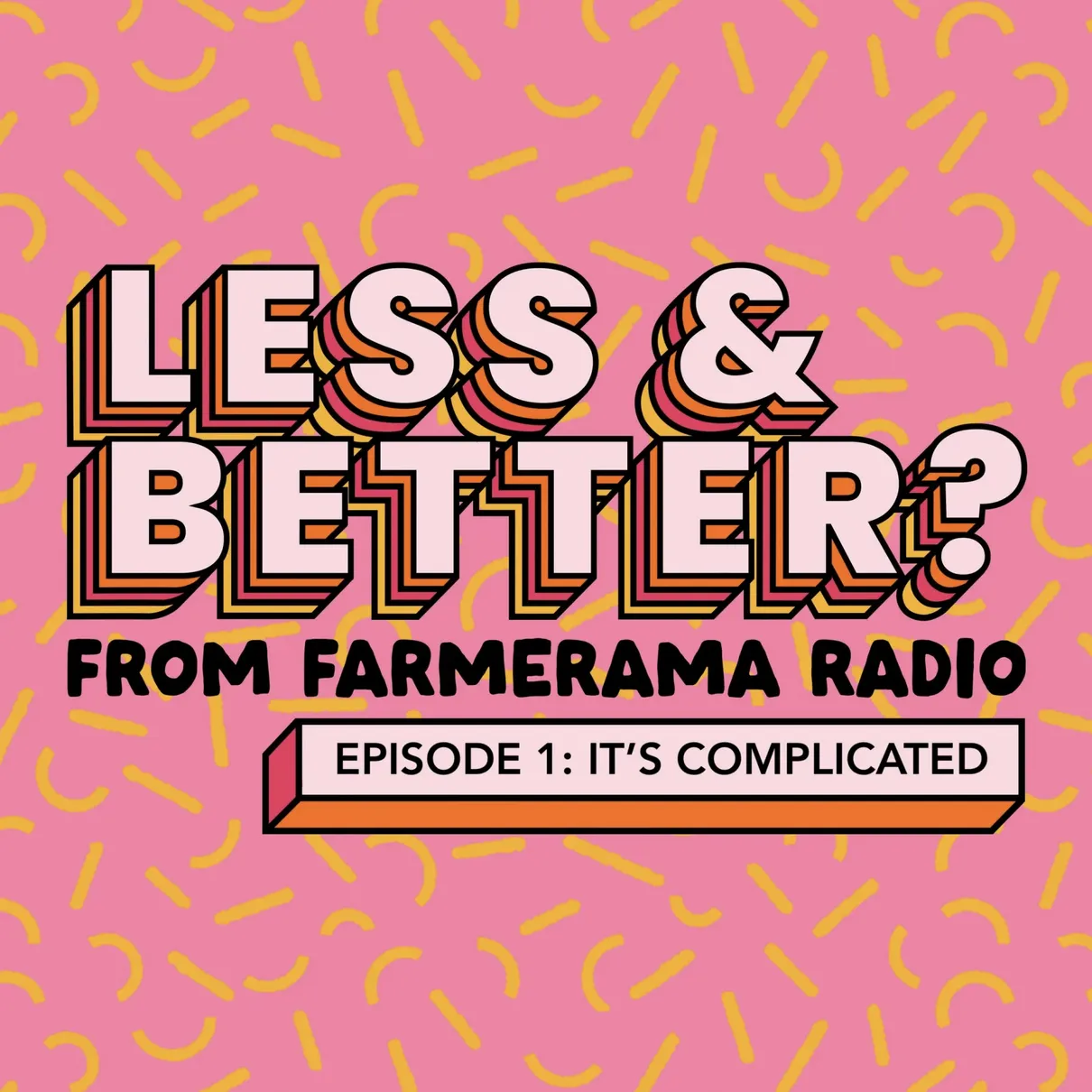This paper argues that food expenditure patterns of lower-income countries are not adopting diets of affluent countries contrary to the belief that globalisation, income-growth and cultural trends are causing a shift in diet. The researchers analyse food expenditure patterns, including ultra-processed foods, in 90 different countries.

Abstract
Globalisation, income growth and changing cultural trends are believed to prompt consumers in low-income countries to adopt the more affluent diet of high-income countries. This study investigates the convergence of food expenditure patterns worldwide, focusing on total food expenditure, raw food categories and ultra-processed foods and beverages across more than 90 countries over the past decades. Contrary to prior belief, we find that food expenditure patterns of lower-income countries do not universally align with those of higher-income nations. This trend is evident across most raw food categories and ultra-processed foods and beverages, as the income level of a country continues to play a crucial role in determining its food expenditure patterns. Importantly, expenditure patterns offer estimates rather than a precise idea of dietary intake, reflecting consumer choices shaped by economic constraints rather than exact dietary consumption.
Reference
Liang, W., Sivashankar, P., Hua, Y. et al. Global food expenditure patterns diverge between low-income and high-income countries. Nat Food 5, 592–602 (2024). https://doi.org/10.1038/s43016-024-01012-y
Read more here. See also the TABLE explainer, What is the nutrition transition?




Comments (0)